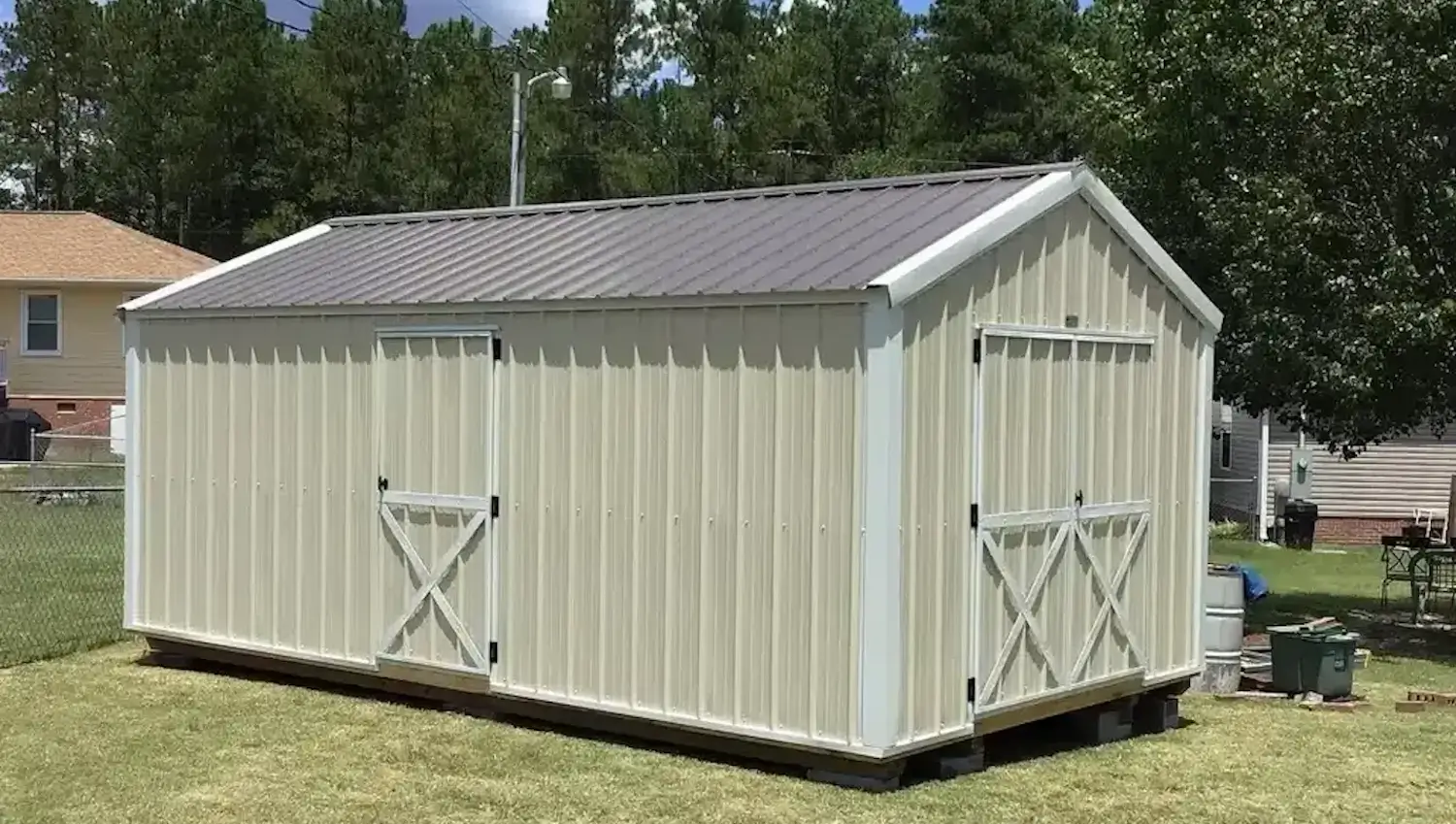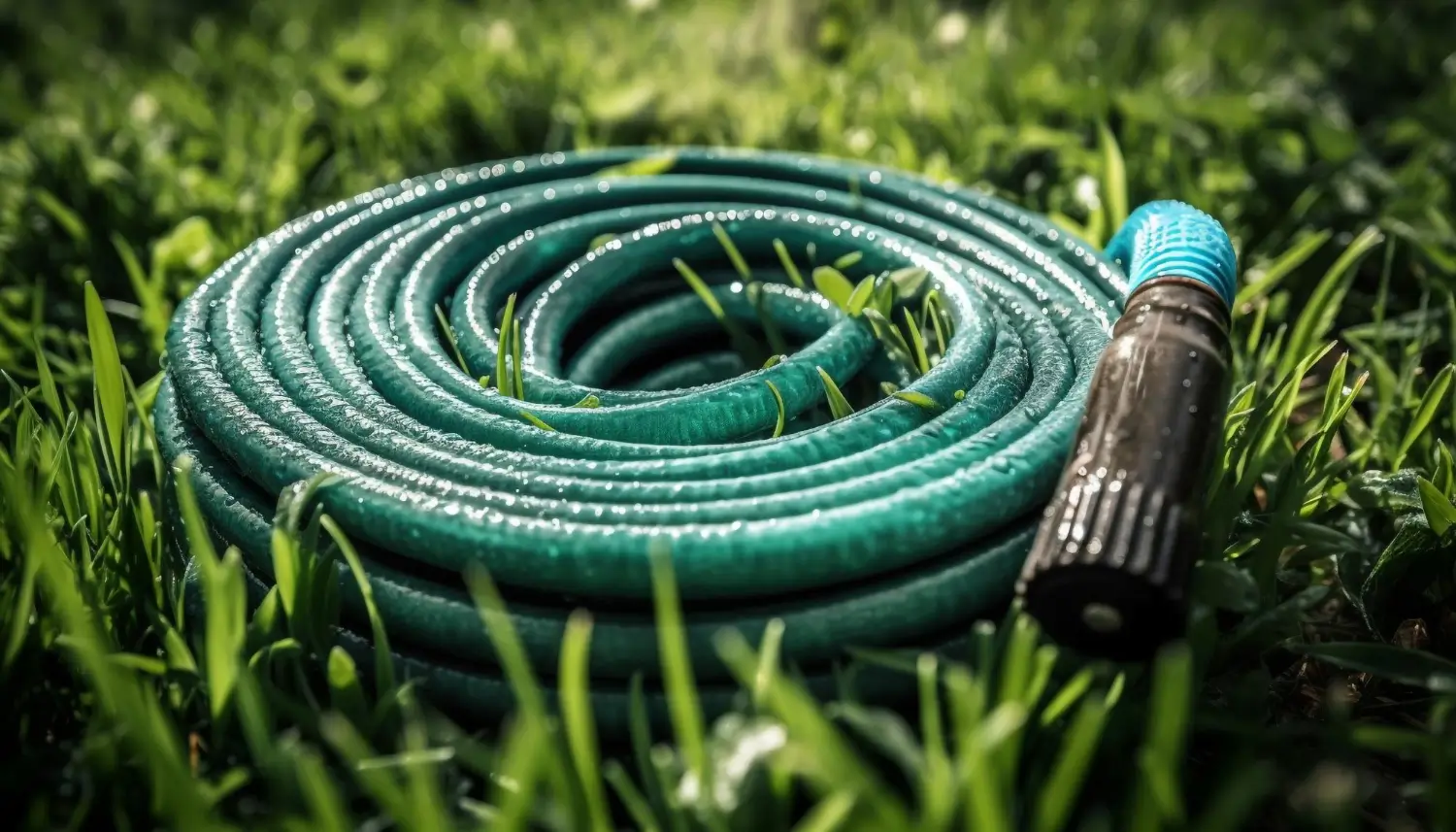
August 24, 2025

Using a standard garden hose comes with a common challenge for most gardeners. The hose frequently tangles into knots across the yard, with kinks that prevent the water from flowing properly. Its heavy weight makes it hard to pull it around corners, and then rolling it back up neatly when done with it is again a tiring work.
A flexible garden hose provides a smart answer to both issues. Being different from normal rubber hoses, this kind of hose is very light, soft, convenient and easy to handle. The hose will expand to its maximum length when the water is turned on. When the water’s gone, the bladder rolls down into a small form immediately. This model eliminates all the bending, straining and climbing that is usually associated with lifting and untangling a large, heavy hose.
An expandable hose is a new type of garden hose designed to make watering and cleaning easier. It consists of two main components:
The primary difference between a standard rubber or vinyl hose and an expandable hose is weight and flexibility. The typical garden hose is heavy, inflexible and prone to kinking. In comparison, an expandable hose is lightweight, is convenient for carrying and will not kink and twist easily. It’s also more user-friendly for everyday use, particularly for those who struggle with moving heavy hoses around the yard.
When the water is working, the elastic inner tube will be expanded by pressure and can extend up to 3 times than original length. This means a lot of reach, without the bulk of a traditional hose. When the water is turned off and not in use, the hose shrinks back down to a tiny size and can be stored in a bucket, a drawer, or a shelf for maximum space saving.
Deciding between an expandable hose vs regular hose comes down to a trade-off between convenience and durability.
| Feature | Expandable Hose | Regular Hose |
|---|---|---|
| Weight | Very light, easy to handle | Heavy, harder to move |
| Storage | Shrinks small, space-saving | Bulky, needs a reel/hanger |
| Kinking | Rarely kinks or tangles | Often kinks and knots |
| Durability | Good if high-quality; weaker if cheap | Very durable, especially the rubber |
| Water Pressure | Best at normal home pressure | Handles high pressure easily |
| Best For | Every day, home gardeners | Heavy-duty/industrial use |
The expandable garden hose is the ultimate gardening tool that makes life much easier when caring for the garden, flowerbed or home. Here are some of the benefits that make it the choice of gardeners everywhere.
Regular hoses can be heavy, once they’re full of water. Pulling them over the grass can be hard on the arms, back and shoulders. Expandable hoses are different:
This reduced weight enables gardeners to complete chores with less physical effort.
Kinks and knots are among the greatest frustrations with traditional hoses. They interrupt water flow and make gardeners pause to untangle them. Expandable hoses take care of this problem as:
This makes watering and cleaning faster and more enjoyable.
Even when coiled on a reel, the old style hose takes up a lot of room. But then expandable hoses recoil, much like a slinky back to their original length when the user turns off the water.
This is great, particularly for apartment dwellers, small houses or anybody who enjoys having an orderly space.
An expandable hose has a wide range of applications, not just in watering plants. It is capable of, but not limited to:
It flexes with ease around bends and curves to get it where the user needs it, saving time and energy.
Many expandable hoses include additional accessories that make them even more useful. Common accessories include:
These added features usually don’t increase the price, making expandable hoses convenient and very affordable.
The difference between choosing a very good and a bad expandable hose can mean enjoying using the product for years or just a few weeks. Factors like the length, the quality of the material, the fittings, and compatibility with water pressure should always be kept in mind before purchasing an item.
Tip: Calculate the distance from the water source to the far end of the garden, and then add a few extra feet for good measure.
Expandable hoses are made with two essential layers:
Inner Core Materials
Outer Layer
Generally, a hose with multiple latex layers and well-made fabric will serve better and longer.
The fittings are what connect the hose to its attachments, which makes them an important feature.
Expandable garden hoses with brass fittings are the best option for durability over the long term, but a few hoses come with easy-to-use quick connect fittings.
It’s the pressure of the water that keeps them inflated, having a home water system that matches the hose needs is crucial.
Testing household water pressure before proceeding with the use of the hose verifies the quality of the hose and eliminates the possibility of future problems.
When selecting an expandable garden hose, Growcycle has a few standouts. Each has specific features to simplify watering, cleaning, and other outdoor activities. Here’s a closer look at three of the most popular options.
The HydroTech hose was designed to last. It features a latex liner with a heavy-duty brass valve and a nylon connector making it a more secure, rust-proof seal. Its added features including a strain-relief guard, extend the hose’s life by minimizing pressure on the hose while also avoiding wear at the connection points, and by using mold and mildew-resistant materials.
The original model had been covered by a 10-year limited warranty, so it was clearly designed to be a long-haul investment for gardeners. However, it’s worth noting that HydroTech hoses built before August 2024 were recalled because of safety concerns. Because older inventory is said to have bursting problems, consumers should choose newer, revised versions when available.
Gardeners seeking flexibility and strength can trust the Orbit DuraflexPro. Its construction incorporates a two-ply rubber core and a UV-protected nylon sleeve that defends against wear and tear caused by altitude, temperature, ultraviolet light, and salt. It expands from 25 to 50 feet when pressurized and provides good reach and a compact storage size.
The patented quick-fix coupling is ideal for quick and easy connection. The hose will not kink, and if the hose itself becomes damaged, it can be cut at the damaged section and reattached, adding to its usable life. Featuring a burst strength of up to 300 PSI, it is ideal for general purpose lawn and garden use.
The Swan Soft & Supple hose offers reach and resilience for gardeners working in larger spaces. This 100-foot garden hose is made of a reinforced rubber/vinyl material that allows for a 400-PSI burst strength, which rates among the highest in the market. Although durable, the hose is flexible and easy to move around flower beds and trees and does not tangle.
Other features include an abrasion-resistant exterior and Hose Armour at the faucet end to reduce kinking. Its lead-free aluminum couplings are crush-resistant up to 4,000 PSI. With a limited lifetime warranty, this model is the perfect long-term solution for heavy-duty applications.
An expanding garden hose has the ability to give years of good service if you take care of it right.
It should always be drained after each use. Water remaining in can add unnecessary pressure to the inner core and cause it to wear out prematurely. After turning off the water, the hose should shrink to the original length and allow the outflow of residual water. For storage, the hose can be coiled in a compact stack and stored in a cool, well-ventilated area.
Temperature can cause materials from an expandable hose to become weak. The outer fabric can fade and become brittle in direct sunlight, and the contents will freeze in freezing weather. The hose should be kept indoors in very cold and very hot weather. In the winter, avoid leaving it outside with water in the barrel, as it may freeze and crack.
Even the best hoses can lose water through tiny holes or rips. Thankfully, these are typically fixable without having to change out the entire hose.
Expandable garden hoses are often misunderstood. While modern models have solved many early issues, several myths still keep gardeners from trying them.
The best expandable garden hose 100ft is a sensible investment for anyone who needs to make gardening and outdoor chores a little easier. It expands when it’s filled with water and contracts back together when drained to help save space and effort. They are even available in different lengths, which means people can use them on a small patio, a medium-sized yard or a large garden.
This is a game changer for gardening at home. It's a time saver and you won't have a breakdown when working outside in inclement weather. If you’re looking for a more durable, quality hose and multiple connection options, buy the best products available at Growcycle where you can find durable, expandable garden hoses and many more.
Disclaimer: This material is for informational purposes only and should not be relied on for legal, medical, financial, or any other form of professional advice.
Expandable hoses are lighter in weight, kink-free, and more compact to store. They extend up to 3 times their length when filled with water, and contract again for easy storage and space saving when not in use, perfect for gardening, washing the car, cleaning the yard, or washing the pets.
Cheaply constructed from poor materials are often less durable, and they do not tend to last as long under harsh weather conditions. If well-cared for (drained once used and protected from freezing), winterizing them may help extend their life.
No, they don’t decrease water pressure. In reality, their no-kink design ensures a steady flow. But the user will need good water pressure to fully expand them to their advertised length—about 40 – 60PSI.